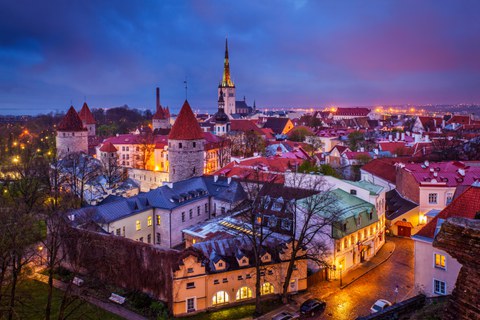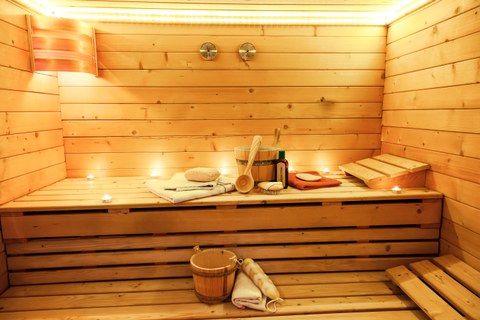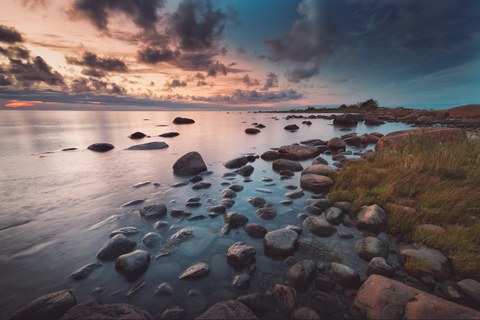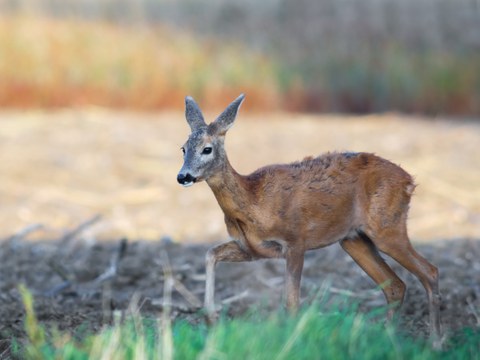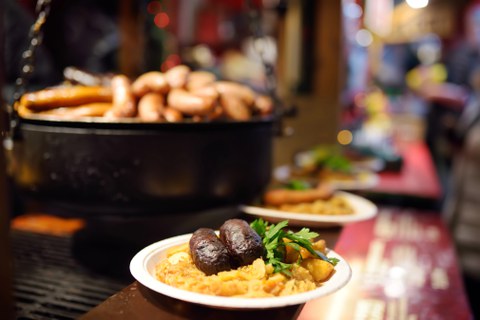Partner country of the month October 2020: Estonia
The Baltic states of Latvia, Lithuania and Estonia are often referred to as a single entity. Although the three countries do have much in common due to their closeness and shared history, there are also many differences to discover when it comes to culture, language and landscapes. Here, we present to you the northernmost of the Baltic states, a paradise for lovers of unspoilt nature and (midnight) sun worshippers: Estonia.
With the "Partner Country of the Month" campaign, we want to shine a spotlight on the wide diversity of countries, regions and partner universities of TU Dresden that our students can explore during a semester abroad.
Table of contents
General facts and figures about Estonia
Capital: Tallinn
Population: 1.34 million (2024)
Official language: Estonian
National holiday: February 24 (independence from Russia, 1918)
Currency: Euro (since 2011)
You can find more facts, figures and information on wikipedia or Visit Estonia.
Language matters
- Hello - Tere
- My name is ... - Minu nimi on ...
- How are you? - Kuidas läheb?
- "How are you" is not a small talk question in Estonia. Estonian culture is reserved and values privacy. When you already know each other, you can ask how the other person is feeling. Or after your first vodka together... so here's the vocab for that:
- Cheers - Terviseks
- How much is ...? - Palju ... maksab?
- Thank you - Aitäh
Estonian is exceptional in Europe. Unlike most European languages (including Lithuanian and Latvian), it does not belong to the Indo-European language family, but is instead closely related to Finnish and some smaller regional languages. Its structure is therefore unfamiliar to us – for example, there is no grammatical distinction of gender, and descriptions that would need a subordinate clause in Indo-European languages can be packed into a single word in Estonian.
Our partner universities offer a wide range of courses in English. Studying entirely in English during your exchange is absolutely possible. However, please check your chosen university's exact requirements before applying.
Learning Estonian will of course help you get to know the country and put a smile on people’s faces. Keeleklikk can help you with this. It is a free-to-use online learning programme, funded by the Estonian state and the European Union.
Did you know that ....?
- Estonia is Europe’s digital pioneer? Since 2005, political votes and tax returns can be completed online, and since 2015, all major public services have been fully digitized. In 2025, the process of digitalization is complete, making Estonia probably the first fully digitized country in the world. User-friendliness is a major point of concern, leading to good public acceptance.
- 50% of Estonia is covered in forest? Moreover, over two thirds of Estonians believe that trees have a soul. While Estonia is one of the world’s least religious countries, “the forest is the church of the Estonians” and a place to connect to something bigger. These beliefs may be rooted in ancient animistic practices.
- pedestrians are required to wear reflectors during Estonian winter nights? There are small, reflective disks available that should be hung from a pocket, coat or bag. Other forms of reflective clothing are also permitted. The reason for this rule is the high number of accidents involving pedestrians that used to happen during the long northern winter nights. Reflectors are also common in other Nordic and Baltic countries.
- the longest human chain in history was formed in the Baltic States? On 23 August 1989, two million people joined hands, connecting the three capitals Vilnius (Lithuania), Riga (Latvia) and Tallinn (Estonia) over a total length of about 650 kilometres. The occasion was the 50th anniversary of the Hitler-Stalin Pact, in which the three Baltic countries were assigned to the Soviet Union. People protested against the occupation and called for freedom and independence.
-
Estonians have created an extreme swing sport? In kiiking, you swing standing and aim to pass over the swing construction to the other side. Your hands and feet are securely fastened in loops, and you can enjoy a unique adrenaline rush. Kiiking swings are special constructions that differ from regular swings.
Cooperations with the TU Dresden
You can find all cooperations of TU Dresden in our database. Have a look at the experiences of our previous exchange students at Questionnaires. Professors at your faculty may have direct contacts to your partner university of choice and can advise you.
Our cooperations with Estonian universities are part of Erasmus+. Here you can find the contact persons and application deadlines for your faculty.
Our Estonian partner universities via Erasmus+
- Tallinna Tehnikaúlikool in Tallinn
-
Business Administration and Economics
-
Law, LLM
-
-
Tartu Ülikool in Tartu
-
IHI Zittau (Social and Business Studies)
-
Environmental Sciences
-
Don't miss...
Europe's biggest sauna marathon in Otepää is unique in the world. Competitors have to complete a course of the regional saunas, one after another. Beating the Estonians is almost impossible, but the chances of becoming your own country's champion in this sport are not bad.
Hiiuma. Estonia's second largest island can be reached by ice road in winter. With a distance of 25 km, it's the longest of its kind in Europe. Hiiuma is home to one of the oldest lighthouses in the world, lots of deliciously fresh fish, and it's popular with surfers in the summer. By the way, Estonia is very rich in remote and tranquil islands, such as the island of Kihnu.
The National Museum in Tartu. Built on the runway of a former Soviet air base by a team of young architects (all in their early 20s), it was named Europe's most innovative museum in 2018. The exhibitions center around Estonian ethnography and the country's culture in the past, present and future.
Unique flora and fauna. With around 30 inhabitants per square kilometer, Estonia is one of the least densely populated countries in Europe, leaving a lot of space for nature and national parks. Landscapes such as unspoilt moors, forests and lakes are home to a unique biodiversity, including the 36 species of wild orchids that are native to Estonia.
Let's cook...
Estonia has 3,794 km of coastline and more than 1,500 islands - so of course, fish is often on the menu. The official national fish is herring, which is often served with a tomato sauce.
In addition to Russian influences, various other occupying powers, such as Danes, Swedes and Germans, have also left their mark on Estonian cuisine. So it's not surprising that onions, sauerkraut and jacket potatoes are popular side dishes.
To give you a taste, here are a few typical recipes for you to try out.
Contact
Have you had a great time in Estonia? Successfully spent your semester abroad in Tallinn? What is your favorite Estonian dish? Have you tried kiiking or do you have tips for places and experiences that are not to be missed? We would be happy to share your experiences here, on social media or, if you want, in information events for other TUD students. Get in touch with us:
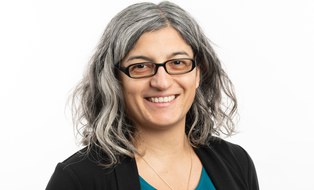 © Sven Ellger/TUD
© Sven Ellger/TUD
Advice on studying abroad
NameMs Federica Serra
Infocenter/ Study abroad; TUDworldwide: America
Send encrypted email via the SecureMail portal (for TUD external users only).
Visiting address:
Fritz Foerster Bau, Office 161 Mommsenstraße 6
01069 Dresden
Postal address:
TUD Dresden University of Technology International Office
01062 Dresden
Office hours:
- Tuesday:
- 09:30 - 11:30
- 12:30 - 14:30
- Thursday:
- 09:30 - 11:30
Please register at the SCS (FOE, floor 0). No office hours from 9 to 17 October 2025. On 9 October, you can find us at our information stand at the matriculation ceremony.
Partner countries archive
Did you miss a partner country? No problem! Here you can read up on all articles.
|
Europe (Erasmus+) |
|
|
Africa |
|
|
America |
|
|
Asia |
|
|
Australia and Oceania |
|

